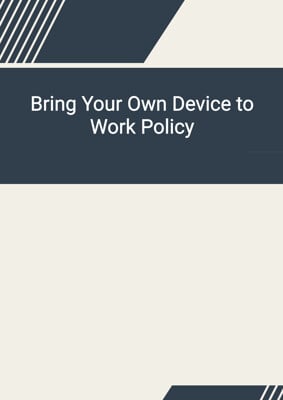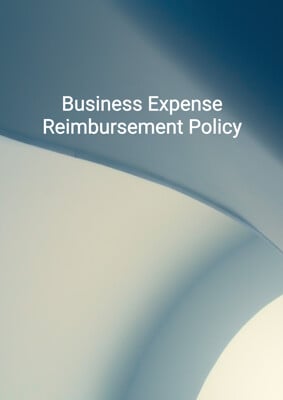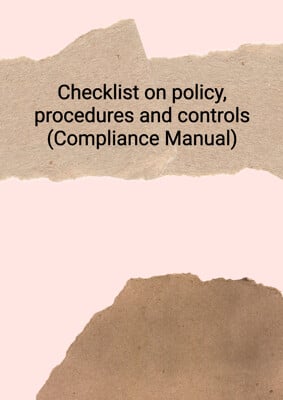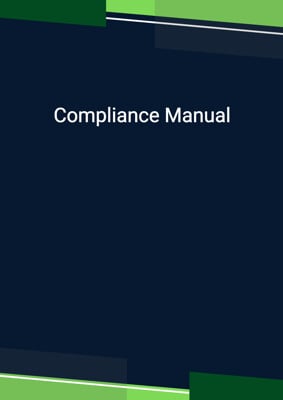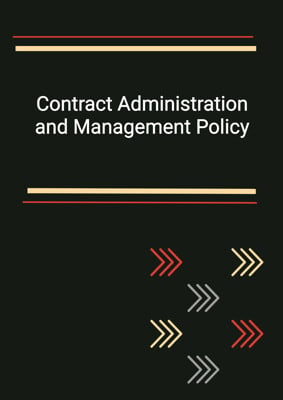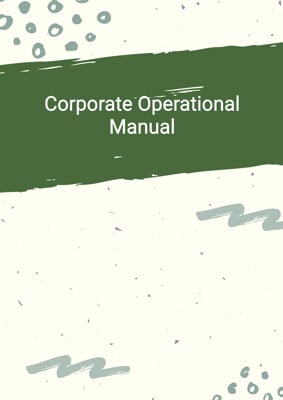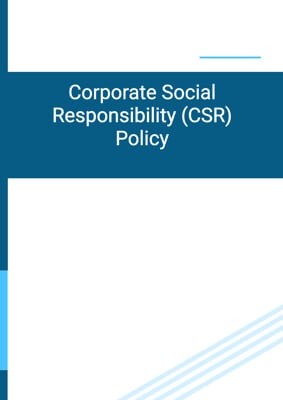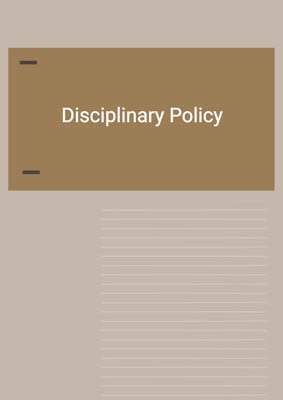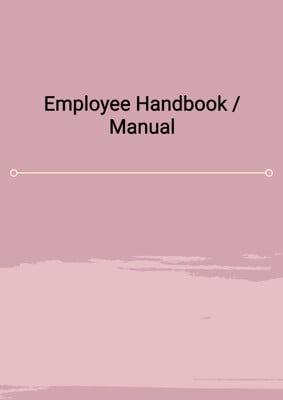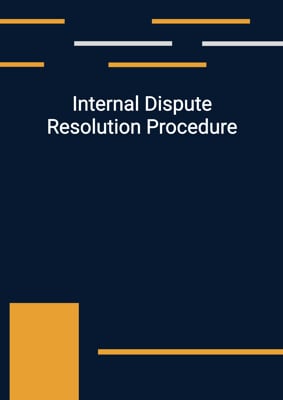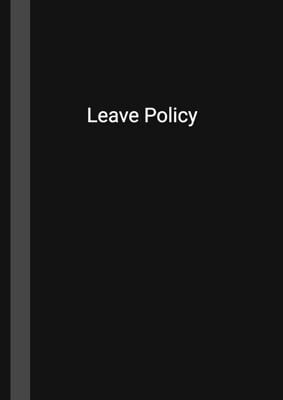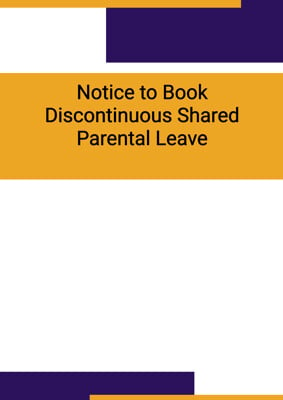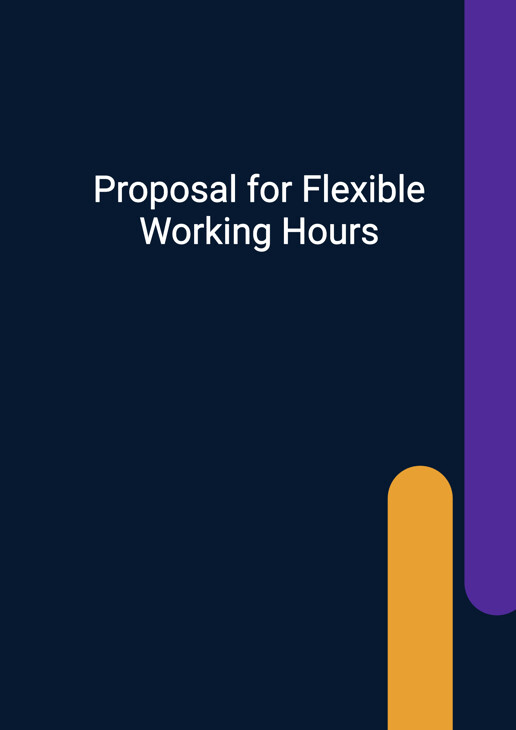
Proposal for Flexible Working Hours
Internal Memo / Announcement
This document can be used as an Internal Report / Review / Proposal on providing flexible working hours. It sets out the object, the position and the solution to offer limited working flexibility as a pathway. It also analysed the pros and cons of the different solutions.
How to Tailor the Document for Your Need?
01
Create Document
Click "Create Document" button and the document will be prepared with your account details automatically filled in.
02
Fill Information
Please fill in any additional information by following the step-by-step guide on the left hand side of the preview document and click the "Next" button.
03
Get Document
When you are done, click the "Get Document" button and you can download the document in Word or PDF format.
04
Review Document
Please review the document carefully and make any final modifications to ensure that the details are correct before sending to the addressee.
Document Preview
Document Description
The document titled 'Proposal for Flexible Working Hours' is an initial study conducted by a reporter for a company. The objective of the document is to identify the factors involved in introducing flexible working hours, examine their benefits and disadvantages, and recommend the best approach to take. The document begins with a summary of the current working hours at the company, which is from start to finish for most employees, with a few working from start m to finish m. However, many employees are dissatisfied with this arrangement and would prefer a more flexible schedule. The dissatisfaction among staff leads to low morale and reduced productivity for the company, making it harder to attract and retain good staff.
The document presents three options for the future: leaving things as they are, implementing a highly flexible system, or introducing limited flexibility. The proposal put forward in the document is to introduce a system of limited flexibility for now, with the option of increasing flexibility later if deemed appropriate. The document highlights the importance of addressing the concerns of employees, particularly parents who need to take care of their children and employees with sick or elderly relatives. It also mentions that a majority of employees, especially women and younger members of the company, are in favor of a more flexible approach.
The document explores the possibilities of retaining the present system, implementing a highly flexible system, or introducing limited flexibility. It acknowledges that while the current system may not be perfect, it is manageable and less expensive in terms of direct cost. The highly flexible system would allow employees to clock on and off anytime within a 12 ½ hour working day until they have reached 35 hours a week. This system offers a high degree of flexibility but has disadvantages such as the need to make up hours for time off and difficulties in implementing it fairly. On the other hand, the limited flexibility system would require employees to work an eight-hour day but allows them to start any time between 8.00 and 10.00 in the morning.
Based on the number of staff in favor of more flexible working hours and the importance of staff motivation, the document proposes adopting a system of limited flexibility. It suggests that this system provides most of the benefits required by the employees and can easily be extended later if needed. Overall, the document emphasizes the significance of addressing employee concerns, improving staff motivation, and finding a workable solution that balances the needs of the majority while allowing those who prefer the current system to continue with it.
How to use this document?
1. Assess employee concerns: Understand the specific concerns of employees regarding the current working hours and their desire for more flexibility.
2. Evaluate benefits and disadvantages: Analyze the benefits and disadvantages of different approaches to flexible working hours, considering factors such as employee satisfaction, productivity, and attraction/retention of good staff.
3. Consider three options: Examine the three options presented in the document - leaving things as they are, implementing a highly flexible system, or introducing limited flexibility. Assess the feasibility and implications of each option.
4. Propose limited flexibility: Based on the majority preference for more flexible working hours and the importance of staff motivation, propose a system of limited flexibility. Highlight the benefits of this approach, such as increased staff motivation and the ability to accommodate employee commitments.
5. Address concerns of minority: Acknowledge the concerns of employees who prefer to maintain the current system and assure them that their preferences will be respected. Explain that the proposed system can easily be extended later if necessary.
6. Plan implementation: Develop a detailed plan for implementing the system of limited flexibility, considering factors such as communication with employees, necessary adjustments to schedules, and any additional resources required.
7. Monitor and evaluate: Regularly monitor the impact of the new system on employee satisfaction, productivity, and attraction/retention of staff. Make adjustments as needed to ensure the system continues to meet the needs of the employees and the organization.
Not the right document?
Don’t worry, we have thousands of documents for you to choose from:
